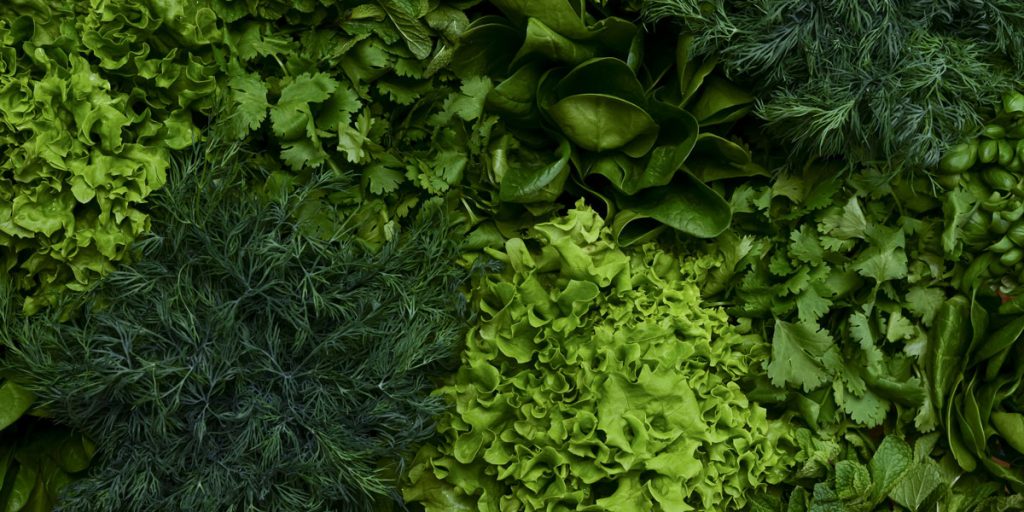
By Mimi Greenwood Knight
Few things are as satisfying for the home cook as preparing recipes with homegrown herbs. Your very own herb garden can be anything from a couple of pots on a windowsill to a large in-ground or raised-bed garden.
Begin with the herbs you like and use the most. Rosemary, oregano, and thyme are easy to grow, as are chives, basil, parsley, and cilantro. Mint is incredibly hardy, but be warned, when grown in the ground or a larger multi-herb container, it can quickly take over. It’s better to restrict herbs like mint to individual pots.
Herbs are versatile plants. Some grow in the winter months, while others thrive in the summer heat. Some herbs are perennials (e.g., sage, thyme, rosemary, chives, mint), and others are annuals that need to be replanted each growing season, such as basil, dill, cilantro, and parsley. Many are also good companion plants. For instance, chives in your rose bed can ward off nemeses such as Japanese beetles, reduce black spot, and enhance the growth of your roses. Dill attracts beneficial insects to the garden, including ladybugs, butterflies, honeybees, and wasps. And certain herbs deter fleas, ticks, ants, mosquitos, and other pests.
Most herbs are sun lovers, doing best with six to eight hours of sun, rich soil, and good drainage. While growing from seed is cheaper, there’s no shame in buying them as plants from a local nursery or grocery and home improvement stores that sell herb plants. Once they’ve taken root and started growing, you can snip and use them. Snipping also promotes new growth and general plant health.
Enjoy your herbs fresh in cooking and preserve some for later. When preserving annual herbs, begin by rooting a few clippings for next year. Simply cut off a stem, strip the bottom leaves, and stick it in water on a windowsill to root. Or dip the stem in rooting compound and plant it in a pot of seed starting mix. They can grow as pretty indoor plants in their off-season and be ready to plant when their season rolls around next year.
Oregano, rosemary, thyme, bay, and dill dry beautifully because they don’t have a high moisture content, and they’ll be fresher than the dry herbs you buy at the store. To dry your herbs, harvest them early in the day, then wash and pat them dry. Place them on a parchment paper-lined baking sheet in a 150° oven with the door slightly ajar for about four hours. Or you can hang them to dry or dry them in a dehydrator.
A great way to preserve your herbs is to create recipe-ready pesto, herb vinegar, or herb butter, which all make lovely gifts, too. Or freeze them on a cookie sheet, then store them in airtight containers or silicone ice cube trays with ¼ herb to ¾ olive oil. Fresh, dried, or frozen, there’s nothing like your very own herbs to make your recipes really sing!
Is Fresh Always Best?
Fresh herbs aren’t always your best choice. Unless you’re growing them yourself, they can cost a fortune at the grocery store. You’ll likely use a pinch in your recipe, and then the rest will spoil in your refrigerator unless you dry them. Fresh herbs are always preferable if you’re making a salad or pasta salad. And leafy herbs like parsley, tarragon, and chives are better fresh. But if you’re making a sauce, stew, or soup that will cook awhile, dried herbs are fine. In fact, oregano, marjoram, thyme, rosemary, bay leaf, curry leaf, and fennel seed are actually better when dry. Dried herbs do lose potency over time, though. It’s best to toss them after a year.










